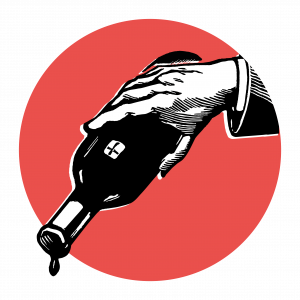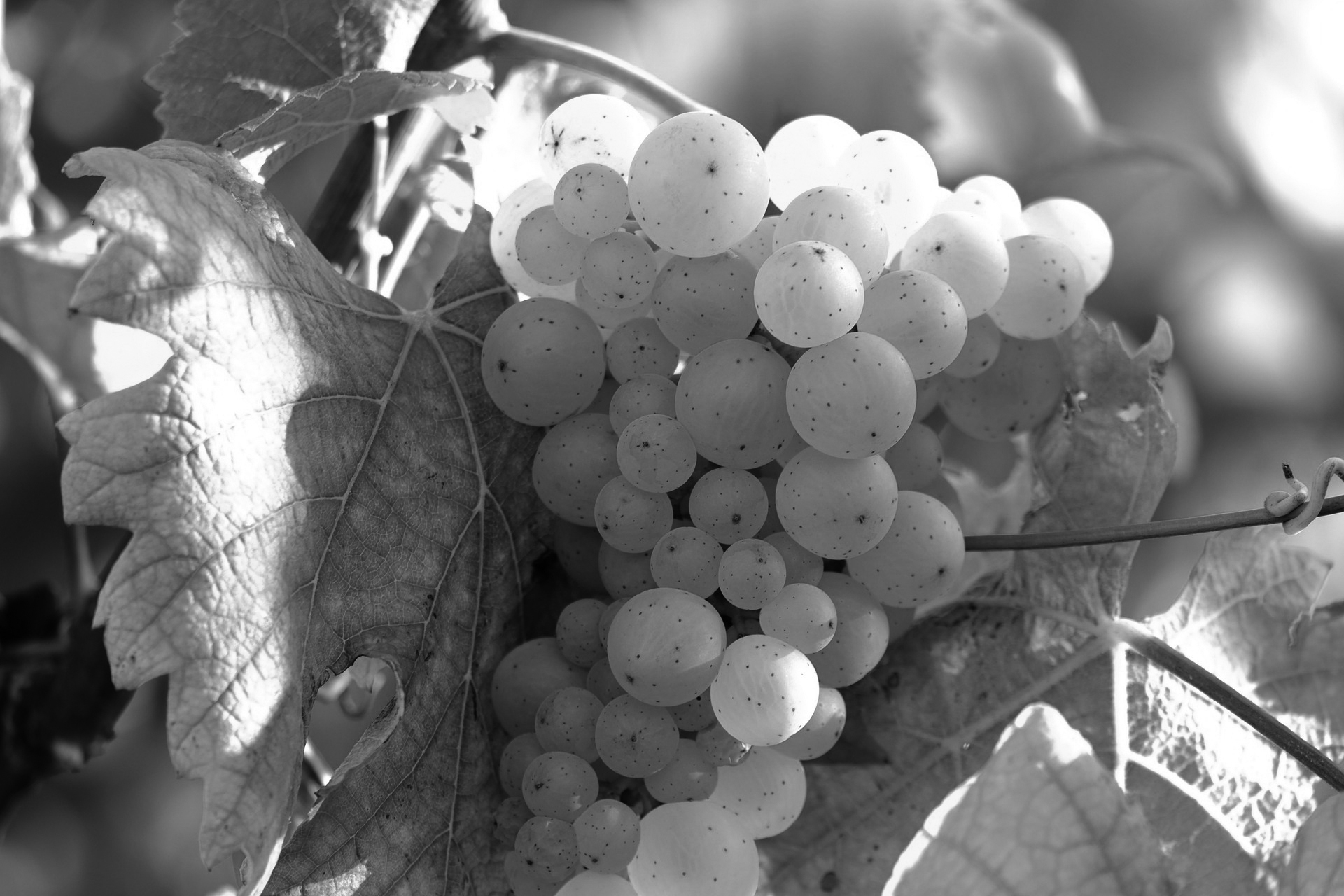What to drink in 2022.
We ran out of Picpoul de Pinet last week, 2020 vintage. No big deal, stocks do indeed run dry – after all, wine is an agricultural product and the phrase, “We’re just waiting for the new vintage to be bottled and shipped” has been uttered ad infinitum by our trade over the years. So, usual form, we suck it up and wait for the 2021 to land in the warehouse (P de P drinks early, as soon as that screw cap is in place, it’s good to go, none of that maturation lark hanging around in barrels).
However, slight problem: there is no 2021 coming our way, not a single case. The cataclysmic frosts that tore a hole throughout France in April decimated crops even as far south as the Languedoc. Then the rest of the growing season continued to hammer vineyards: wet weather led to mildew and rot; the sun failed to shine and even when it appeared that there were going to be some relatively healthy (albeit too few) grapes to pick in September/October, more rain caused the fruit to dilute as it soaked up the moisture.
Anyway, we won’t have Picpoul back on our list until the beginning of 2023. White Burgundy is another staple for UK wine-drinkers, but it’s the very same story. Furthermore, stocks of older vintages are disappearing fast, as lovers of Côte d’Or Chardonnay are buying up as much as they can afford/store. A ‘crise de Puligny-Montrachet’ sounds a completely absurd concept on a number of levels, but it looks as if there’s going to be one imminently.
“France, for so long our vinous backbone is, in effect, going to be spending a long time in rehab after this disastrous, injury-prone 2021 season”
The Loire, the Rhône, you name it. France, for so long our vinous backbone is, in effect, going to be spending a long time in rehab after this disastrous, injury-prone 2021 season. I cannot even re-harangue you about the joys of Alsace and dry white Bordeaux. Although it would be tempting, yet again, to roll out the drum for Riesling (Germany has managed to make wine this year), we’ve banged that one all too often (and the ground remains as stony as ever).
So, where might we go for our refreshment? The New World will continue to deliver for sure, and those canny Aussies, having been cut out by the Chinese, will be leading the charge, champing at the bit to divert stocks destined for Macau to our market. The South Africans, too, will be keen to see as much foreign currency as possible being channelled their way, as they try and rebuild their economy post-Covid.
However, I’m going to be placing a bet on Italy, principally the bottles that come from the north. Take the Langhe, home to the great reds of Barolo and Barbaresco, where it’s all about the vineyard plot and how the grapes grown express their particular situation. Sound familiar? A carbon copy of Burgundy and, indeed, the Piemontese worship great Bourgogne (with wry amusement, as the feelings are not reciprocated!). They are now producing Chardonnay with a minerality that would not look out of place on the upper slopes of the Côte de Beaune – think along the lines of Saint-Aubin. The days of rather gloopy whites are long gone.
Head east towards Trentino Alto-Adige, aka the South Tyrol. Brilliant wines from the likes of Alois Lageder, Franz Haas and Cantina Terlano. The wines from the latter producer are my white ‘fail-safe’ choice when listed in Italian restaurants, especially the Pinot Bianco or the blended Terlaner (Pinot Bianco, Chardonnay and Sauvignon). Alas, I am rarely flush enough to dig into the Vorberg or Quarz, but I have been fortunate enough to taste, and they have the complexity and depth to match any bottle.
From there, nip down to Veneto, where the Soave area has recently undergone a classification of the finest sites – again, remind you of anything? Soave is made from the Garganega grape and produces extraordinary liquid, especially from old vines that have been planted on the volcanic soils that proliferate. Once more, they can go head to head with ease.
However, it’s Friuli-Venezia Giulia that gets me most excited. Not only a beautiful part of Italy, but truly unspoilt, as the tourist hordes tend to stay south, glued to Venice. The cities of Udine and Trieste are stunning, both exhibiting a fabulous architectural contrast to the country’s more famous municipalities. And up in the hills that border Slovenia lie some exceptional vineyards. Superb reds abound – Cabernet and Merlot, if you like your claret, Pinot Nero, if you like your red burgundy, and the local Schioppettino is a gorgeous drop of ‘rosso’ (do track down the ones made around the village of Prepotto).
Yet it’s the whites that wow. Again, if you prefer to stay within your comfort zone, Chardonnay and Sauvignon flourish (the Sauvignons are often the most expensive tipples in the cantina, the grape is revered), while Pinot Bianco is the perfect aperitivo. Even the Pinot Grigios can surprise, having nothing in common with anything stocked in the supermarket and often tinged a very faint pink, as the skin contact (hence the colour) delivers an extra element of flavour.
I tend to stay local, whether Malvasia Istriana, Ribolla Gialla or Friulano. The Friulano can do exquisite things: it’s not the easiest grape, for it has to be picked at exactly the right time, thereby avoiding lack of freshness and too much alcohol. But in the hands of a master vigneron, the results can be astonishing. There’s a god called Enzo Pontoni, who owns an estate called Miani. I you ever get offered a taste/glass/bottle, grab at once. He makes minute quantities, never enough to satisfy worldwide demand, such is the quality.
Anyway, no need to panic, we’ll have plenty on which to go throughout 2022. And we’ll need it, obviously.








